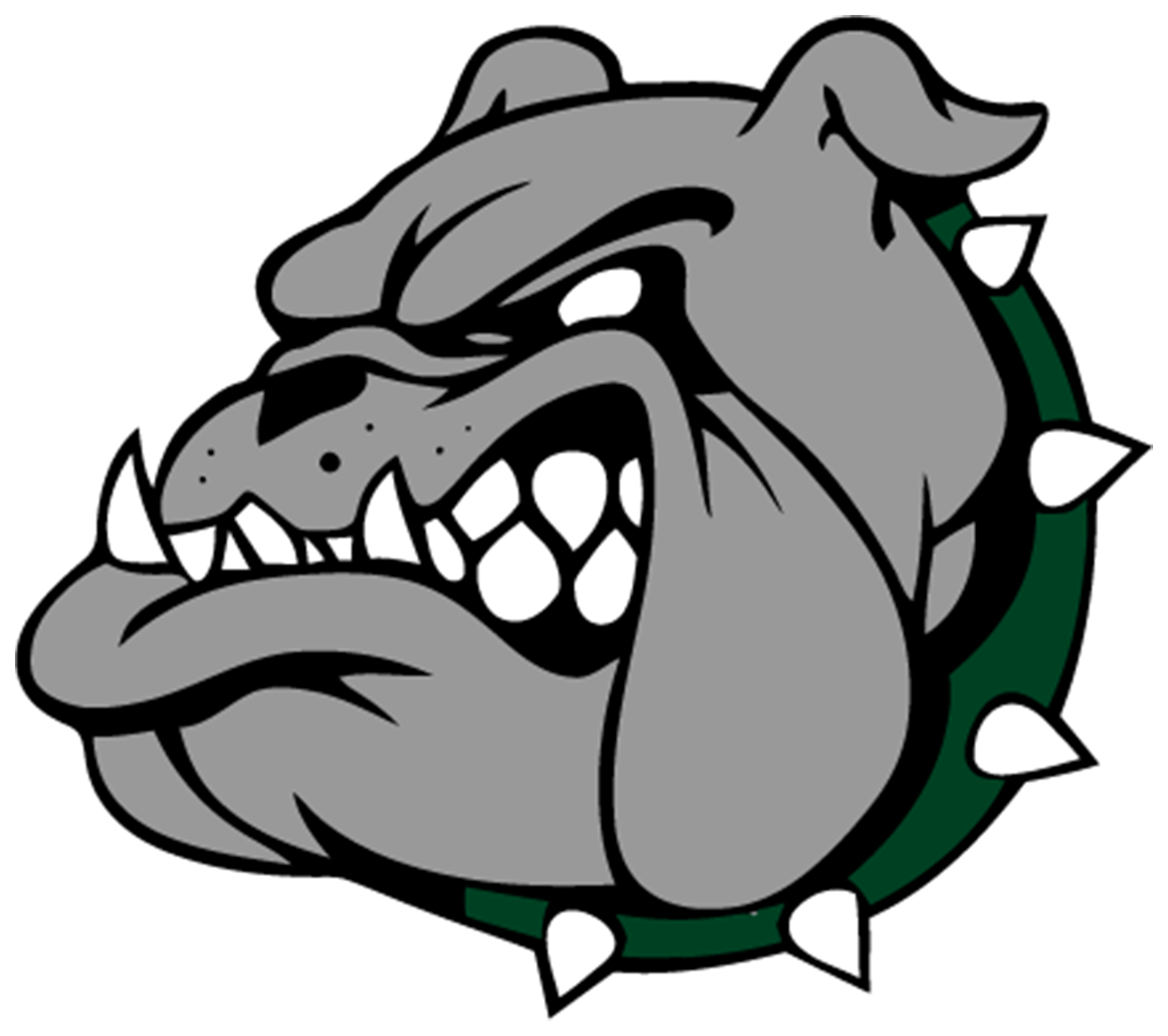By Trishala Joshi, Emani Moragne, & Greg Stauffer
Science fairs are a great opportunity for students to explore their curiosity and showcase their innovative ideas. They encourage critical thinking and problem solving skills, filled with groundbreaking projects and creative experiments. The science fair showcased a bunch of remarkable talent and creativity from students. The enthusiasm for discovery and innovation is evident in every project and we always look forward to seeking how student scientists would continue to explore and make a difference in the world.
Members of the MHS Science Research Team did amazingly well at the 70th annual State of Florida Science and Engineering Fair in Lakeland, FL during March 25th-28th. The Bulldog state fair contingent consisted of Sofia Rodrigues, Wesley Kettering, Evan Mellor, Lucas Sarabjit, Archit Kulkarni, Dominic Tosi and Enzo Carter. Each student presented their project at the fair, which they had been focusing on for the entirety of the school year.
Sophomore Archit Kulkarni's main objective was to build a machine learning model that could identify between ultrasound images of kidneys with and without kidney stones. Kulkarni said, “I didn't have a hypothesis as I did an engineering project, but I had goals. Which were to build the model, develop a webpage that is easy to use, and connect the model to the webpage so that if a user uploads an image of a kidney ultrasound, it would be identified by the model and provide results.”
Kulkarni's inspiration for this project sparked when he went to India to visit family, “My uncle who is a urologist took me to see him perform operations. One thing I realized from that was that in many underdeveloped or rural parts of the world, there might be smaller hospitals or clinics, but they don't have access to those big CT scan machines, so they would drive for hours to get an accurate picture of their kidney. I thought ultrasounds would be a better option as it is not only cost effective but also non harmful, meaning it doesn't cause radiation exposure like with CT scan, MRI scans, or X-rays.”
“A device that almost everyone has is a phone, so I made a website that could be usable on any device. I want to build on this program and develop real time imaging by building an ultrasonic transducer which is the device used to get the image so the kidney stone will be able to be identified in real time,” Kulkarni said. The model had a hard time identifying kidney stones because the ultrasound image was so blurry so Kulkarni had to preprocess it and test it multiple times so that it could identify the stone but overall the model was a success in identifying the two and achieved a high accuracy of 96.3%. “One thing that is really good about the science fair is the feeling of accomplishment after you are done with your project, and since I won I felt even more proud.” Kulkarni said, “[I joined because] it looks very good on your resume, but also gives you a good basic understanding of the scientific method or engineering process."
Whereas it is a great honor just to earn a bid to the fair (as less than ½ of 1% of eligible students made it to the state competition), students also secured nearly $2,000 in cash prizes and $192,000 in scholarships. In particular, Rodrigues, Tosi, and Carter all placed in their categories making their projects, at a minimum, in the top 20% of state projects!
Enzo Carter stood out this year by not only winning his category (Physics and Astronomy), earning another bid to the International Science and Engineering Fair, but he also won a Best-In-Show in Physical Science award officially called a “Grand Award – Ying Scholar Award”. This is the highest honor possible in the state of Florida for science fairs and places his work as one of the four top Physical Science projects in the state. A traveling trophy is also awarded each year to be displayed in the front office of the recipient’s school to honor Enzo's well-earned accomplishment.
Carter said, “The study I am presenting aimed to understand the optimal pump laser configuration to maximize the number of entangled photons produced through type-I spontaneous parametric down-conversion (SPDC),” said Carter. “Along with with maximizing the fidelity of those entangled photons.” It was topic similar to his project last year. “I have a hyper-fixation with light and this project allowed me to explore me to explore that interest. The higher power lasers were outperformed by the lower power lasers, and the lower power pulsed laser was the most effective pump configuration."

